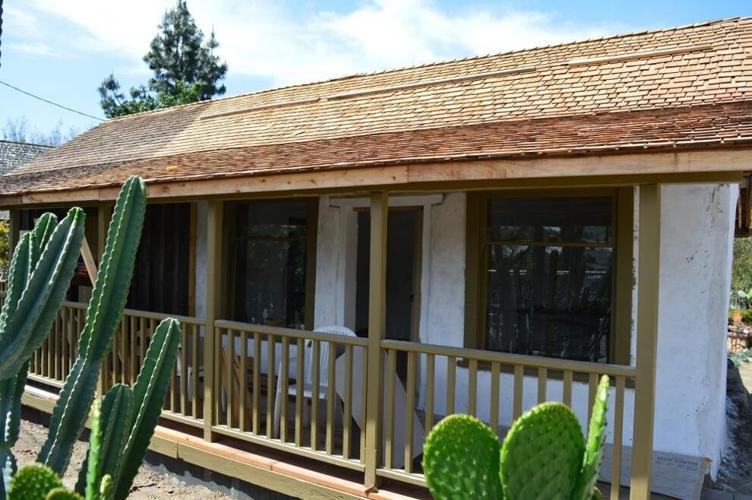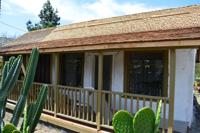
Jan Siegel, Guest Columnist
Remembering Abel Silvas, His Ancestors and Connections to Marcel Marceau
At the City of San Diego Historical Resources Board on September 28, 2023, Boardmember Courtney Ann Coyle announced the untimely passing of Abel Silvas, who had served 14 years as a boardmember
Abel’s connection to San Juan Capistrano is his family connection to the Silvas Adobe, which is part of the San Juan Capistrano Historical Society property. His great-grandfather, Jose Maria Silvas, rebuilt the adobe in 1868. Jose married Maria Manuela de Jesus Yorba, daughter of Domingo Yorba and Catalina Olivares.
It was through his father that Abel learned about his Kumeyaay/Diegeno and his Acjachemen/Juaneno sides of his family. He served on the Tribal Council of the Juaneno Band of Mission Indians of the Acjachemen Nation with David Belarades. As Abel stated, “We refer to ourselves as Acjachemen people, because the Mission was built on our village, called Acjachema, and villagers from all over the area were brought here for construction of the Mission. These areas and our land jurisdiction reaches northern San Diego County, western Riverside County, Southern Los Angeles County, and all of Orange County.
“We are recognized by the State of California as a tribe, but the federal government still does not recognize our sovereignty as an Indigenous community. In recent times, anthropologists wrote papers that unequivocally stated that Juanenos are extinct. So, my job is to prove them wrong while continuing to practice our self-government as a tribe, vote on tribal community issues, report back to the general council and care for our cultural resources.”
Abel was also a monitor under the Native American Graves Protection and Repatriation Act. A federal law passed in 1990 required all federal agencies and public and private museums that have received federal funds to return all Native American cultural items of human remains, funerary objects, sacred objects, or objects of cultural patrimony to lineal descendants and culturally affiliated Indian tribes and Native Hawaiian organizations. He worked on many projects in San Juan Capistrano.
Abel, who lived in Pacific Beach, once recalled, “Over 250 years ago, my grandfathers rode here with Portola’s first Spanish Expedition, which arrived in Pacific Beach at sunset on July 14, 1709 and personally met with the Native Americans of Pacific Beach. Father Juan Crespi, the priest on this expedition, wrote in his diary that on this day the Kumeyaay greeted them in pantomime and gave them grunion fish to eat. I feel my history here.” (“Running Grunion” became a stage name when he started doing comedy.)
As a young man, Abel traveled to Paris and met Marcel Marceau and was then accepted into Marcel Marceau classes. But he was homesick and came back to California. However, when Marceau began a school of mime at the University of Michigan, Abel was accepted. He credits Marceau with encouraging him to come up with a way to present Native American history in the form of pantomime. Abel was also an accomplished ballet dancer and used dance and mime to create his comedic persona.
You can spend a “Moment in Time” by visiting the Silvas Adobe at the San Juan Capistrano Historical Society on Los Rios street and think about one family that has brought so much history to our community and our state.
Editor’s note: Jan Siegel, a 33-year resident of San Juan Capistrano who now resides in the neighboring town of Rancho Mission Viejo, is an unofficial historian for the City of San Juan Capistrano.. She served on the city’s Cultural Heritage Commission for 13 years, has been a volunteer guide for the San Juan Capistrano Friends of the Library’s architectural walking tour for 26 years and is currently the museum curator for the San Juan Capistrano Historical Society. She was named Woman of the Year by the Chamber of Commerce in 2005, Volunteer of the Year in 2011 and was inducted into the city’s Wall of Recognition in 2007.





